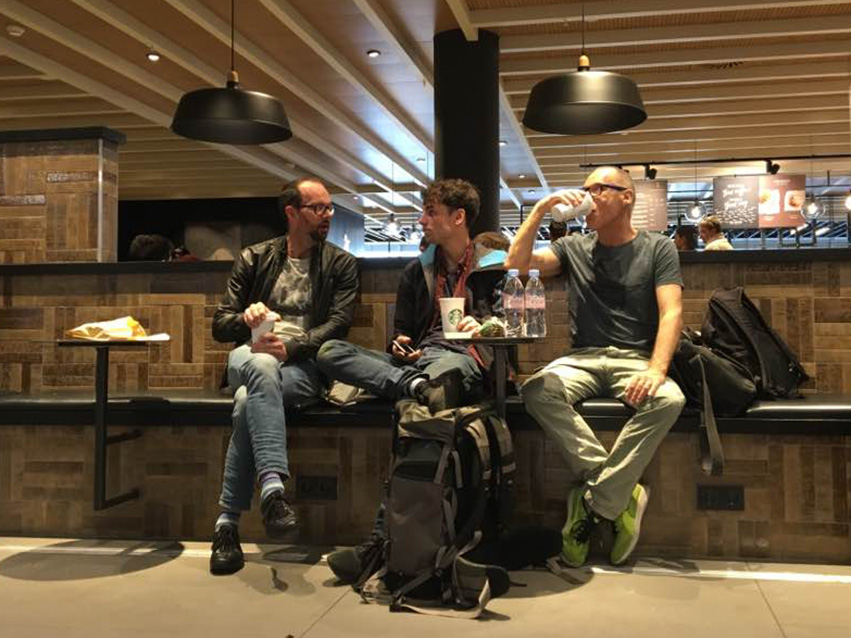The Netherlands
Amsterdam, 16 March 2017
The Friendliest Country in the World
It was really true: “For years Cambodia has headed the list of the friendliest countries on Earth. Every visitor here is welcomed with a smile.” Nice, I thought. Very nice! I like friendly people. Even more strongly, a bit of friendliness is really important to me.
Because not rarely I’m taken for a loudmouthed, hard-laughing, wildly gesticulating troublemaker. Not rarely I’m a man who goes for a smile and a friendly gesture. And look, I’m reading everywhere that the two Cambodian specialties are smiles and friendliness. I’m relaxing. Stress is never far off when I’m organizing distant travel: it permeates my body like steam. On a bench in Amsterdam, Cambodia makes me happy. I grab my suitcase with relief.
But along with the affection I feel for this country, the questions pile up. The history of Cambodia, called “the Switzerland of Southeast Asia”, bends under the burden of war, hunger and genocide. How can it be, I have to ask myself, that a country with such a history has made the smile its trademark?
What an incredible miracle that precisely this black past has ensured that their greatest gift to the world has become friendliness! Not even 40 years ago, Cambodia was undergoing incomprehensible atrocities: in only three or four years a quarter of the population was wiped out! By their fellow citizens! Children killed their parents, parents killed their children. One fourth, 25% of the country’s people murdered! You won’t find a sadder statistic.
And now they head the list of the friendliest countries to visit… I don’t understand… What kind of special people live here?
We’re visiting Cambodia to bring a picture of the HIV and AIDS epidemic into view. What began two years ago as a nice global project to give the HIV community a face and a voice has gradually become a real obsession. Now what we want is to give voice to all 37 million men and women living with HIV. We’d like to meet every member of our community in his own country, surrounded by his own family, friends and colleagues. Every visit is addictive. We who, without wanting to, have shared the virus with one another, seem to need badly to share our stories with each other.
We’re looking forward to it! Southeast Asia has its own story to tell about HIV, and Cambodia is the perfect standpoint from which to report that story. The groups here that have the most to do with HIV are transgender people, drug users, entertainment workers and gay men—a combination not unique, but quite unusual. What will make our stories unique is Cambodian culture, Cambodian history, Cambodian smiles.
I’m leafing through the pages of the report on 21st-century Cambodia. In not a single photo does anyone look somber. Every picture shows a smile. Friendly people, that’s what I see.

